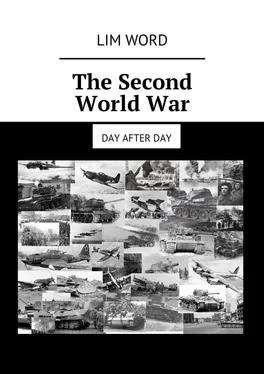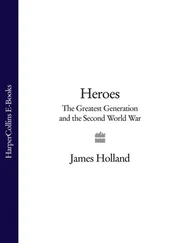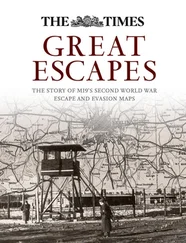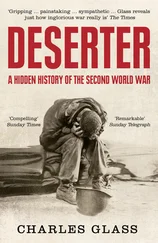Lim Word - The Second World War. Day after day
Здесь есть возможность читать онлайн «Lim Word - The Second World War. Day after day» — ознакомительный отрывок электронной книги совершенно бесплатно, а после прочтения отрывка купить полную версию. В некоторых случаях можно слушать аудио, скачать через торрент в формате fb2 и присутствует краткое содержание. ISBN: , Жанр: Политика, Справочники, Публицистика, История, на английском языке. Описание произведения, (предисловие) а так же отзывы посетителей доступны на портале библиотеки ЛибКат.
- Название:The Second World War. Day after day
- Автор:
- Жанр:
- Год:неизвестен
- ISBN:9785449071330
- Рейтинг книги:4 / 5. Голосов: 1
-
Избранное:Добавить в избранное
- Отзывы:
-
Ваша оценка:
- 80
- 1
- 2
- 3
- 4
- 5
The Second World War. Day after day: краткое содержание, описание и аннотация
Предлагаем к чтению аннотацию, описание, краткое содержание или предисловие (зависит от того, что написал сам автор книги «The Second World War. Day after day»). Если вы не нашли необходимую информацию о книге — напишите в комментариях, мы постараемся отыскать её.
The Second World War. Day after day — читать онлайн ознакомительный отрывок
Ниже представлен текст книги, разбитый по страницам. Система сохранения места последней прочитанной страницы, позволяет с удобством читать онлайн бесплатно книгу «The Second World War. Day after day», без необходимости каждый раз заново искать на чём Вы остановились. Поставьте закладку, и сможете в любой момент перейти на страницу, на которой закончили чтение.
Интервал:
Закладка:
Organized according to the Stalinist patterns of the security service of the Republic, is being dealt with by prominent figures of the Marxist Party of Spain (Spanish POUM), is developing mass blind terror. Many Spanish Communists, as well as arrivals from all over the world interbrigadovtsy begin to get disappointed in their work, their morale is rapidly falling. The last successes Republicans achieve at the beginning of the offensive at the city of Brunet; (just west of the center of Spain), then they become entangled in contradictory orders, lose 25 thousand people against 10 thousand from the enemy, and together with them the original unity. On August 18, the republican units leave the front. 60,000 people are captured.
Italian submarines arrange a hunt for ships that supply goods still fighting in other theaters of military operations, Republicans. In early September, there is a sea battle; The Frankish flagship gets seriously damaged and departs from the convoy. Encouraged by this, insignificant in essence, success, the Republicans decide to hold a decisive offensive on land (Zaragoza, northeast of Spain). And again, their 80,000-strong group drains itself in unsuccessful attacks of secondary settlements, and then produces personnel personnel permutations that are also unnecessary to anyone. In early October, a new attempt is made to take Zaragoza. The main hope now is for 50 Soviet high-speed BT-5 tanks. Nationalists open floodgates of irrigation canals. Tanks bypass the appeared lakes, get bogged down in the mud, or far away from the accompanying infantry. The battle ends on October 17. Republicans lose 30,000 people killed and wounded, more than 30 tanks, francists – 20,000 people.
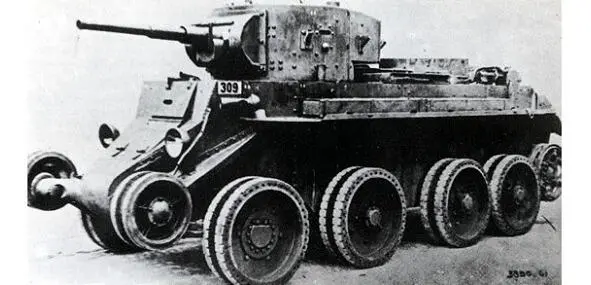
1. BT-5
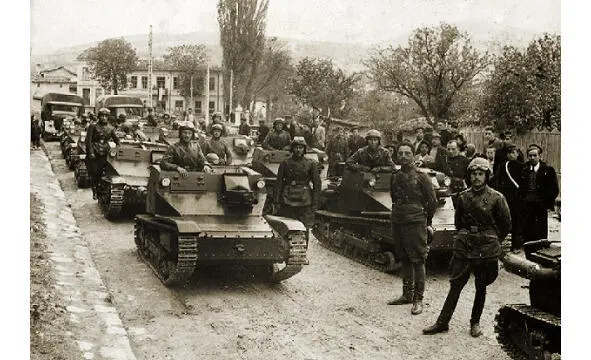
2. Waddress CV3 / 33 (Carro veloce CV-33 “Ansaldo”)
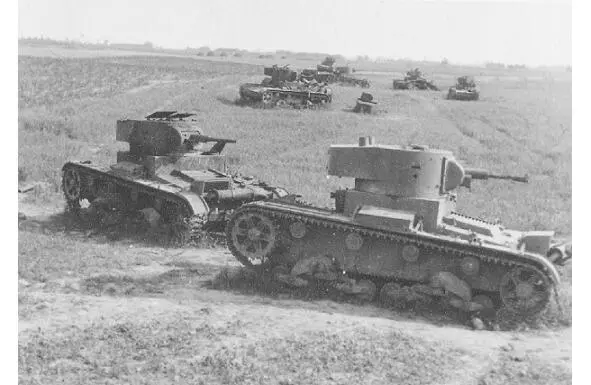
3. T-26
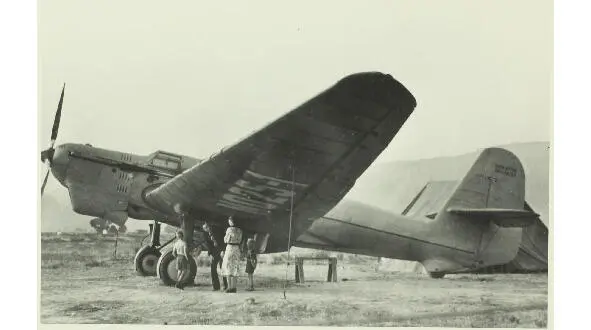
4. ANT-25
1. Wheel-caterpillar BT-5. Armament: 45 mm. gun, 115 shells, paired with a cannon 7.62 machine gun. Booking: the forehead, the side of the body 13 mm., The forehead, the side of the tower 13 mm. The speed along the highway is 52 km. h on caterpillars, 72 km. h on wheels. Crew of 3 people. Weight 11 tons. Power reserve on the highway on tracks 150 km, wheels – 200 km.; while the rubber rim wears out after 150 km. mileage. The specific power is 35 hp. (higher than that of modern tanks). Ground pressure 0, 65 kg. see with clad caterpillars, 5.65 kg. see on wheels. The number of vehicles produced from 1933 to 1934 – 1880. Most of the tanks lost in the first months of the war. Since 1942, the machines have basically been transferred to the rear, as training, a certain number of BT-5 has survived until 1945, participating, among other things, in defeating the Kwantung Army.
2. Waddress CV3 / 33 (Carro veloce CV-33), otherwise, by the name of the company – “Ansaldo”. Armament: two 6.5 mm. machine gun. Booking: the forehead of the case is 15 mm., The board is 9 mm, the forehead of the felling is 15 mm, the board is felling 9 mm. Crew 2 people. Weight 3,5 tons. The speed along the highway is 42 km. h. The power reserve is 150 km. Specific power 12 hp There are 1400 copies produced.
3. T-26. Photo of the consequences of the late (1941) tank battle for Dubno-Lutsk-Brody. The first serial classic Soviet tank, which took part in many battles, was put into operation after many problems with non-working engines and assembly of hulls (including unarmored steel). Difficulties were removed after manufacturers were allowed to introduce changes into the original scheme related to the peculiarity of domestic technology, changes. Armament: the first series – 37-mm gun, 7, 62 mm. a machine gun in two towers, then, in a single-tower version of 45 mm. gun, two 7, 62 machine guns. Booking bulletproof: the forehead, the side of the body 15 mm., The forehead, the side of the tower 15 mm. The crew is three people. Weight 8 tons. Speed along the highway is 30 km. h, the power reserve is 120 km. I received the approving comments of the veterans of the Great Patriotic War – “for our time a good tank, without it we would have to be very difficult.” Prototype – English (two towers) six-ton “Vickers”. Despite some difference in the reservation, he could hit his opponent, the German T-3 is almost as confident as he is his. But, the practical training of a Soviet tankman on a tank-boat is 6.5 hours (sometimes 300 meters, straight, and back to the hangar), German – 50—120 hours (practically, the armored car resource is burnt).
From 1931 to 1941, 11218 T-26 (half of the Soviet tank fleet at the beginning of the war) were assembled.
4. ANT-25. The aircraft, created in the USSR specifically for the establishment of world records (1933). The maximum flight duration is 75 hours, the range is 12 411 km., The speed is 240 km. h. Crew of three people. The military version is DB-1 (ANT-36), the cruising speed is 200 km. h, bomb load 1000 kg., combat radius of 2000 km. In this form, 24 cars were built, the air was rarely raised, and finally they were used as targets at the airfield.
June 18, 1937 ANT-25 with a crew from V. Chkalov, G. Baidukov, A. Belyakov takes off from the airfield Shchelkov (30 km from the capital) and makes a flight on the route Moscow-North Pole-United States of America. The landing takes place at Pearson Airfield, Vancouver, Washington (north-west of the USA), with a huge crowd of people. Later, the aircraft in disassembled form, on the ship gets back to the USSR, by our time finds shelter in the museum of Nizhny Novgorod. His double, who also flew to America, already under the control of the crew of M. Gromov, now resides in the museum of Chkalovsk (Schelkovo).
Due to his charisma V. Chkalov establishes a warm, trusting relationship with the Americans.
Returned back, became a world-class pilot, on the ship “Normandy”, by coincidence, with the legend of the screen Marlene Dietrich, a German and American actress. Chkalov gives her bouquets of flowers, provides signs of attention, etc., up to the point where a steady rumor of a novel arises.
One thing is clear: such things as “soft power”, records simply for the sake of records are often much more important for the security of the country than piles of expensive weapons and loud statements that “we will all beat you,” or: “Our friends – only the Army and Navy”. The ANT-25 voyage contributed a lot to the creation of a favorable atmosphere for solving the issue of large-scale Lend-Lease deliveries in the critical year 1941 – without which, perhaps, the USSR would have lost the war.
After this, the Nationalists deploy an offensive in the North of Spain (the province of Asturias). Francists – 40 000 people, 100 units of armored vehicles, 250 aircraft, 250 guns, Republicans – 40 000 fighters, several self-made tanks, 20 aircraft, 80 guns. Nationalists apply their technique and human resources skillfully, without unnecessary losses, and achieve success. Their losses – 10 000 killed, against 30 000 irrevocable human losses of the enemy. But most importantly – the Republicans do not work the economy. The Communist leveling is negatively perceived by both farmers and highly skilled workers, not to mention the nominal owners of enterprises. Peasants do not care who levies from them an increased rent for land – landlords or bearers of bright ideals. Working committees eat government loans, hold rallies on any occasion, do not produce weapons for the army, preferring to him any useful, quickly sold goods. The salary of a militia fighter is 10 pesetas (plus food). In 1937, food prices rose sharply, albeit unevenly in different regions of the country. Kilogram of beef in Madrid costs 5, 75 pesetas, a dozen eggs 3.75, but also for these prices set by the republican government, it is almost impossible to “get it”.
Читать дальшеИнтервал:
Закладка:
Похожие книги на «The Second World War. Day after day»
Представляем Вашему вниманию похожие книги на «The Second World War. Day after day» списком для выбора. Мы отобрали схожую по названию и смыслу литературу в надежде предоставить читателям больше вариантов отыскать новые, интересные, ещё непрочитанные произведения.
Обсуждение, отзывы о книге «The Second World War. Day after day» и просто собственные мнения читателей. Оставьте ваши комментарии, напишите, что Вы думаете о произведении, его смысле или главных героях. Укажите что конкретно понравилось, а что нет, и почему Вы так считаете.
